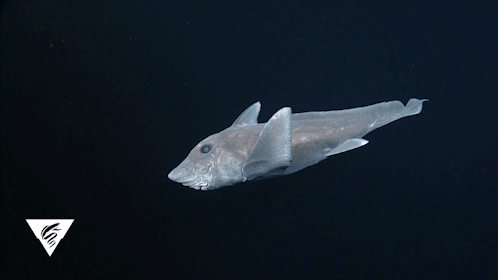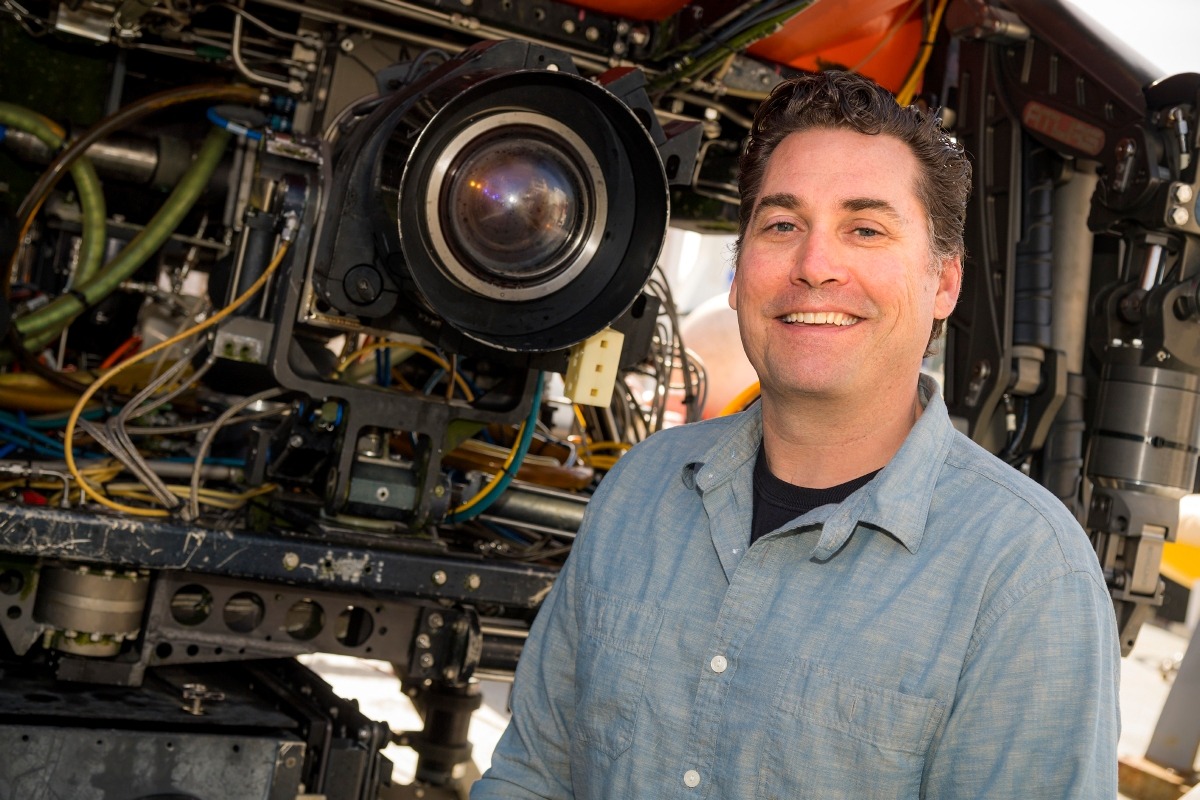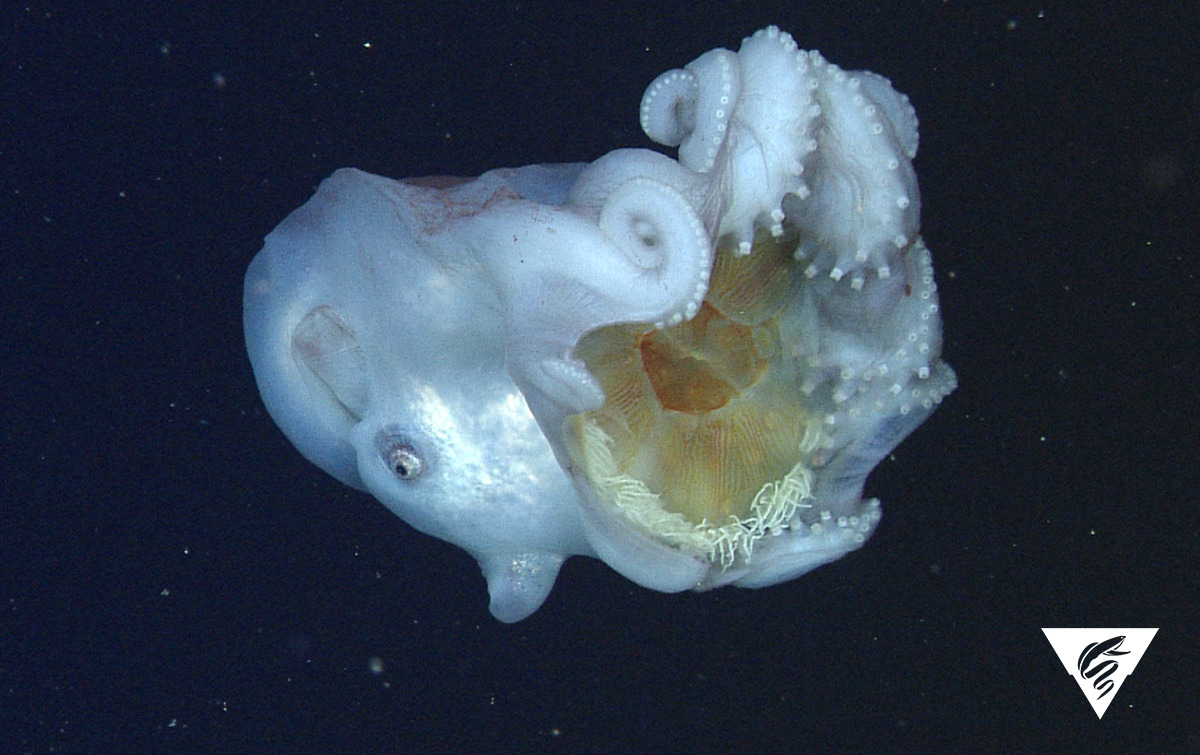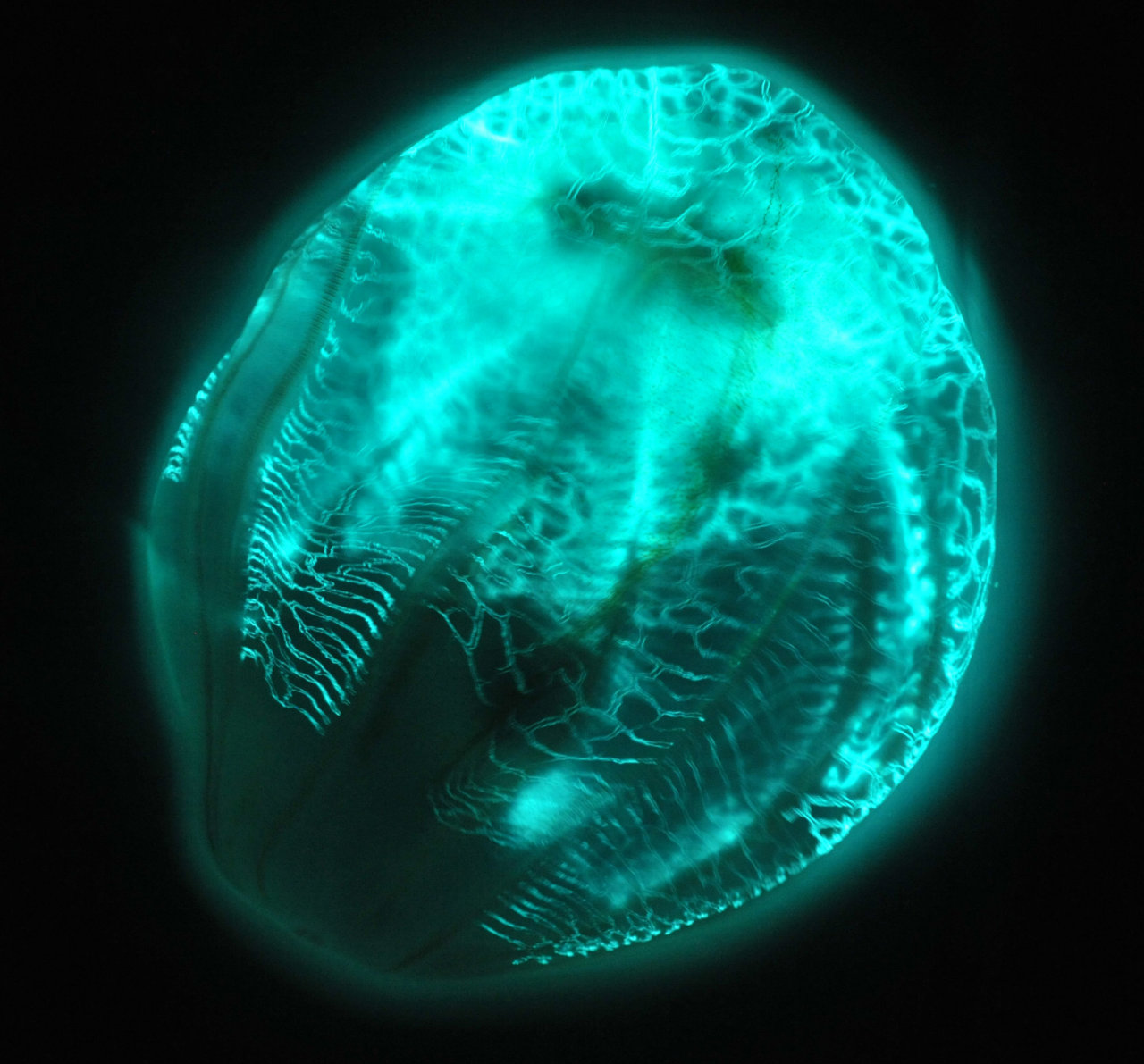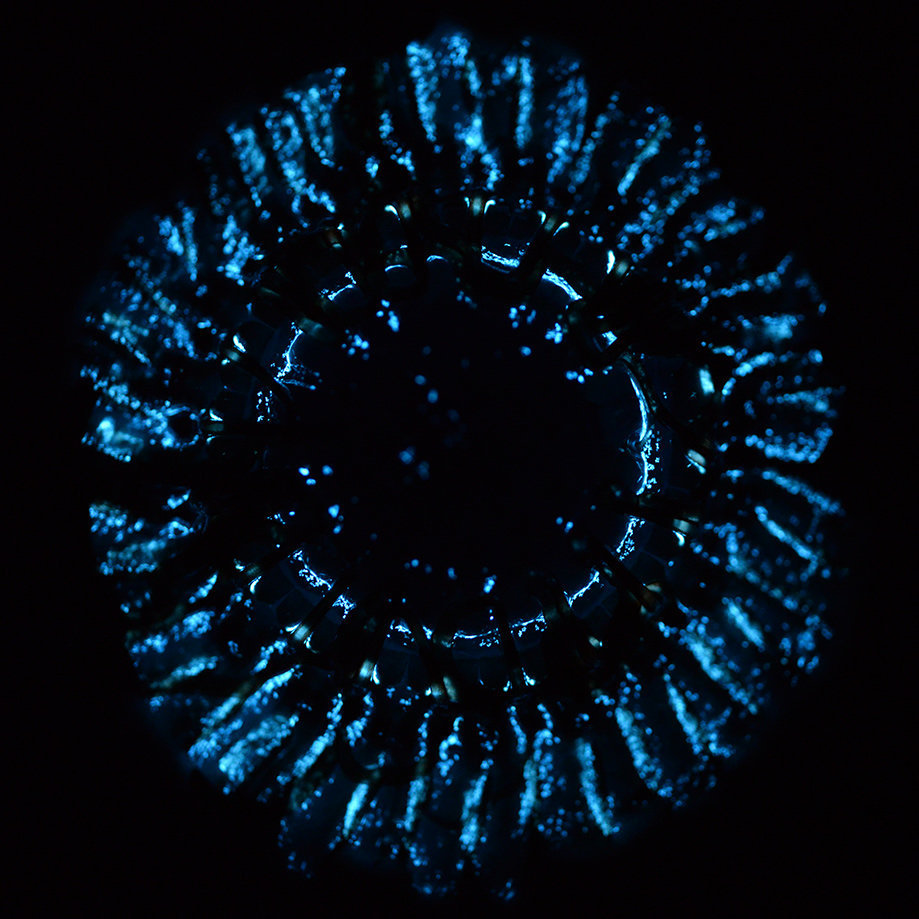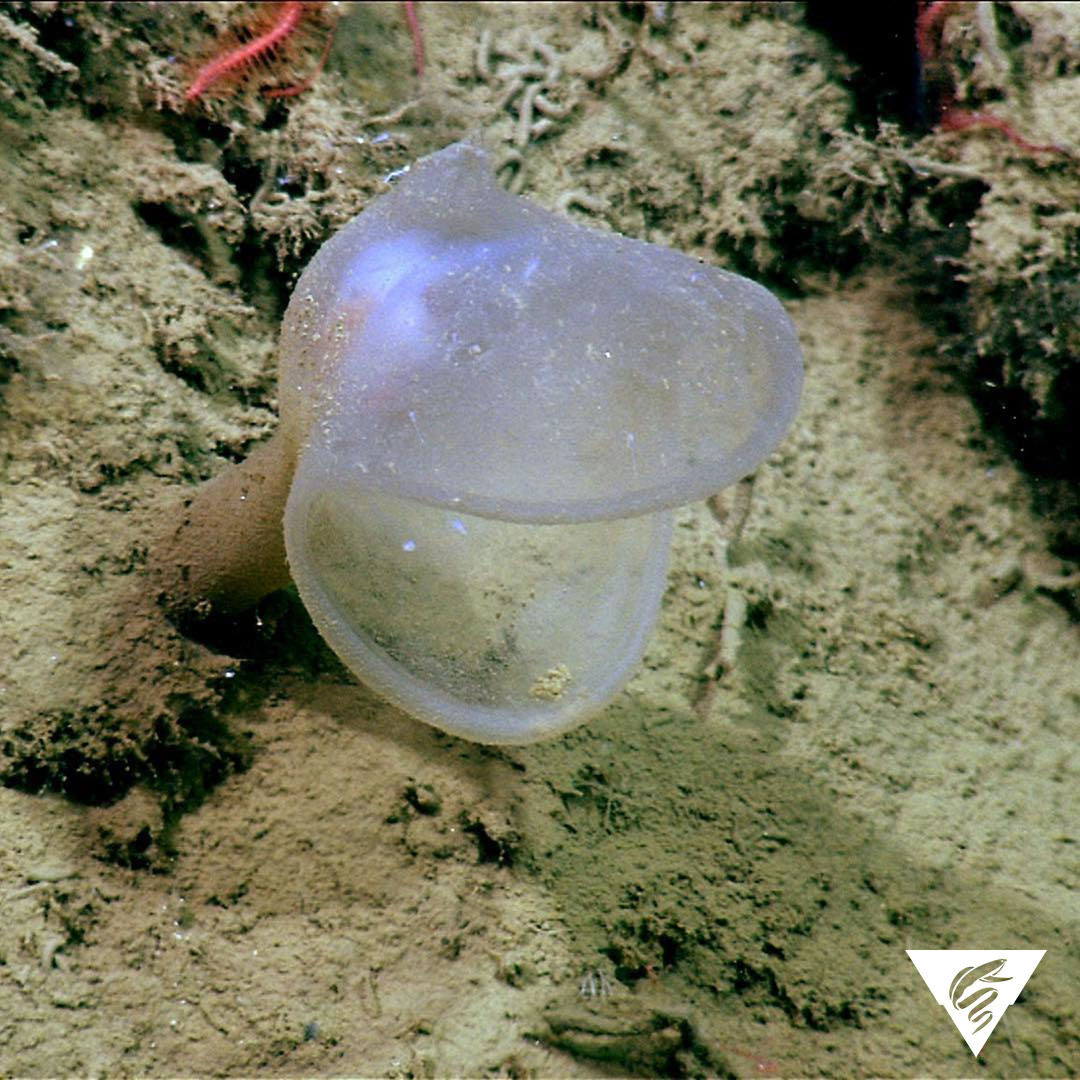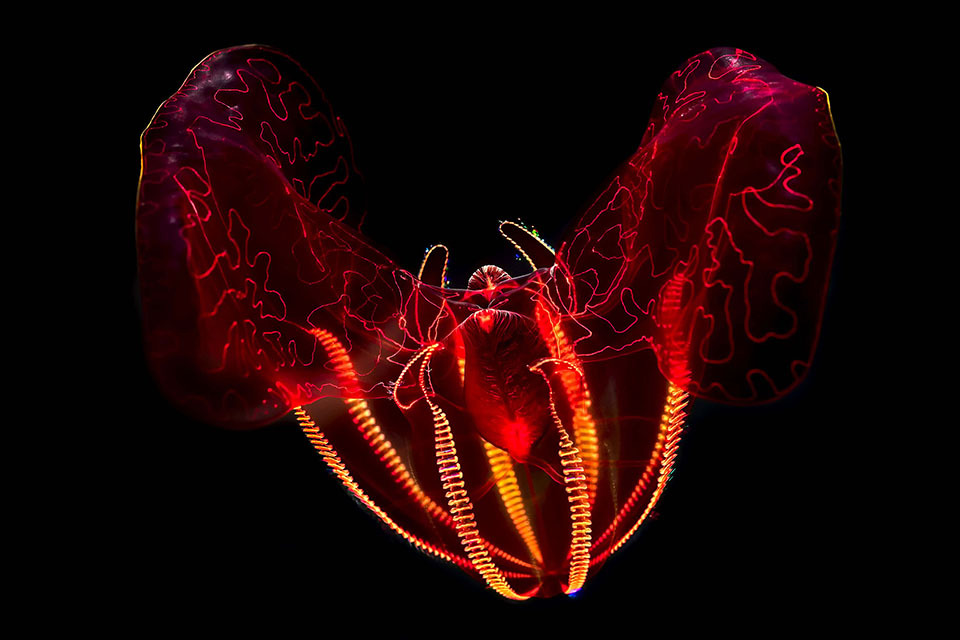The Coolest Animals You’ve Never Seen: How a “Dream Team” of Scientists from the Aquarium and MBARI is Displaying Deep-Sea Cephalopods
From the vampire squid to the flapjack octopus, deep-sea cephalopods come in an amazing variety of shapes and sizes. Yet few humans have seen them alive.
Until now.
In the last month, we’ve displayed them as part of our “Tentacles” exhibit—thanks to a collaboration with our partner institution, the Monterey Bay Aquarium Research Institute (MBARI). “MBARI has some of the best deep-sea biologists in the world,” says Aquarist Bret Grasse. “And they’ve been working with these animals for years. They’re great at finding and collecting deep-sea animals, and we’re good at keeping them alive and sharing them with the public.”
A mission like no other
The first challenge is to find the animals. Enter Stephanie Bush, postdoctoral fellow and expert on deep-sea cephalopods. She combed through MBARI’s database of ROV (remotely operated vehicle) dives, looking for locations in Monterey Canyon where deep-sea octopuses and squid were likely to be found.
“Many of these creatures are not rare in the deep sea,” she says. “They’re just rarely collected.”
The next challenge was keeping the animals alive after they reached the surface. The deep sea is almost pitch black, with crushing pressure, near-freezing water, little oxygen, and sparse food.
“We do the best we can to replicate an animal’s natural environment,” says Bret. “In this case, we used data on oxygen concentrations, water temperature, and salinity collected by MBARI’s ROVs to help us figure out what conditions the animals need.”
When it came to deciding what to feed the animals, the team looked at studies of the gut contents of dissected animals. In the case of the vampire squid, MBARI researchers recently discovered that they use a sticky filament to collect “marine snow.” To replicate this, our aquarists filled a blender with chilled seawater, fish eggs, krill, and bits of moon jelly, creating a slurry that they offered to the vampire squid in squirts from a turkey baster.
Showing an animal that’s never been shown before
But keeping the animals alive was only half the battle—our aquarists also had to figure out how to display them. Inevitably, the animals are exposed to light (even though the exhibit is in a dimmed room) and occasional camera flashes (even though there are signs prohibiting this), as well as noise and vibrations from people.
In some cases, this means that deep-sea cephalopods only remain on exhibit for a few days at a time, before being returned to a nice dark, quiet tank in a back room. As Bret put it, “We’re always balancing the public’s desire to see these animals with what we think is best for the animals.”
The collaboration has allowed MBARI researchers to make new discoveries.
“When you have an animal in a tank, you can see little details in the shapes and behavior that you might not notice in video,” Stephanie says. “For example, of the fourteen flapjack octopuses we collected, every single one was a mature female. We have no idea why this is, or where the males are.”
Stephanie is especially excited because one of these female octopuses laid eggs behind the scenes.
“Before this, no one even knew what the eggs of this octopus looked like,” she said. “Now we know that they lay tiny little eggs on rocks, and then cover them with sand.” Stephanie is hoping that the eggs hatch, but no one knows how long this might take.
Overall, it’s been an amazing collaboration—with an important benefit.
“I think it’s great that we’re inspiring a ton of people to care about the deep sea,” says Bret. “It’s an area that we rarely see, but which is the largest habitat on Earth.”


